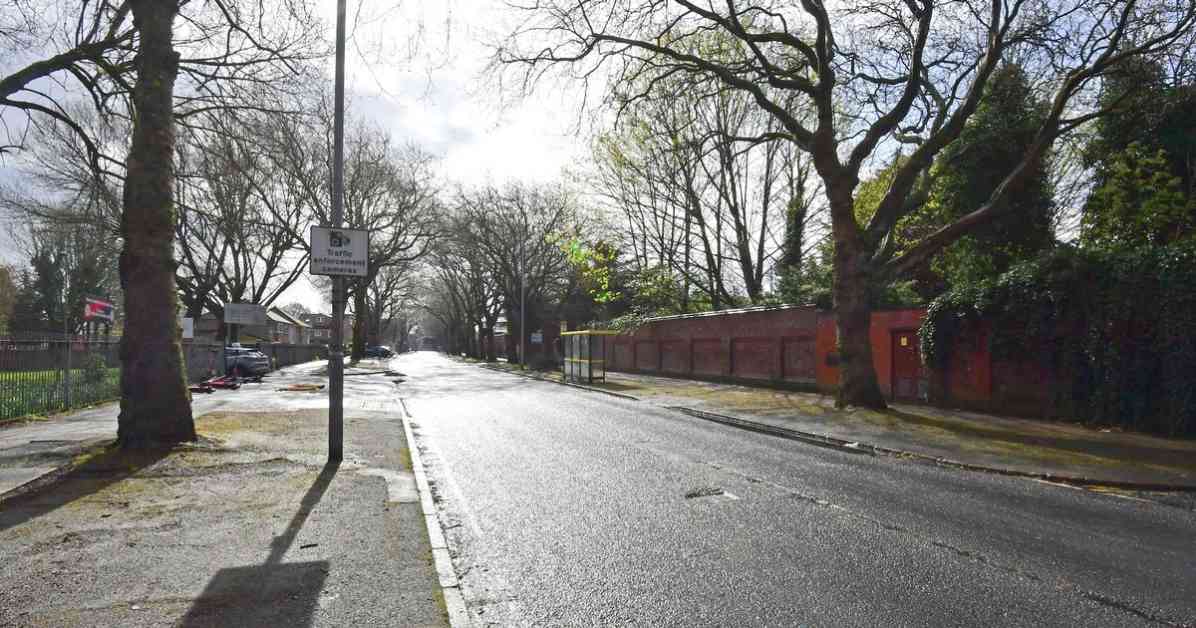Mapping the Worst Driving Areas in Merseyside: A Closer Look at Liverpool’s Data
The streets of Merseyside have long been known for their bustling traffic and sometimes chaotic driving habits. And now, a recent study has shed light on the areas in Liverpool where the worst drivers, in terms of fines and points, can be found.
According to a data tool analysis, Lower Breck Road in Anfield has emerged as the epicenter of driving offenses in Liverpool. The study reveals that a staggering 383 individuals residing in the L6 postcode area, which encompasses Anfield, Liverpool City Centre, Everton, Fairfield, Kensington, and Tuebrook, have accumulated six or more points on their driving licenses.
This alarming statistic translates to approximately one in every 24 drivers in the L6 area, accounting for 4.2% of the total number of drivers in that region. Surprisingly, this figure represents the highest percentage of drivers with six or more points in any postcode area in Merseyside.
In addition to L6, three other postcode areas in Liverpool – L5, L7, and L8 – follow closely behind with one in every 25 drivers holding at least six points on their licenses, making them the second highest proportion in the region. The L28 postcode area of Stockbridge Village ranks next, with one in every 26 drivers (3.8%) accumulating six or more points, while L4 in Anfield, Kirkdale, and Walton closely follows with one in every 28 drivers (3.5%) incurring similar penalties.
To explore the prevalence of drivers with six or more points in your area, you can use our interactive map tool to gain insights into the driving behaviors within your vicinity.
Bradford Takes the Lead as Home to Britain’s Worst Drivers
While Merseyside grapples with its fair share of driving offenses, the spotlight shifts to Bradford as the city with the highest concentration of bad drivers across the UK. Data gathered from the DVLA indicates that four postcode areas in Bradford stand out for their alarming statistics, with one out of every 20 drivers in these regions accumulating six or more points on their licenses.
At the forefront of this concerning trend is the BD3 area, encompassing Barkerend, Bradford Moor, and Thornbury, where a total of 722 individuals have been flagged for driving offenses, amounting to 5.1% of the driving population in that postcode area. Not far behind is the BD1 area, covering Bradford city center and Little Germany, where 87 residents (5.0%) have found themselves in a similar predicament.
In BD8 (Girlington, Manningham, and Lower Grange), 4.9% of drivers have amassed at least six points, while BD9 (Frizinghall and Heaton) closely trails with 4.8% of drivers facing penalties for their driving behavior. These figures collectively underscore the pressing need for enhanced road safety measures and driver education initiatives in these areas.
Identifying the Top Five Worst Postcode Areas for Bad Drivers
In addition to Liverpool and Bradford, several other regions across the UK have been identified as hotspots for driving offenses. Among the top five worst postcode areas for bad drivers are LS9 (Burmantofts, Cross Green, Gipton, Harehills, and Richmond Hill), WF13 (Dewsbury Moor, Ravensthorpe, and Staincliffe), and TS1 (Middlesbrough Town Centre, Gresham, University, and Abingdon).
Within these postcode areas, one in every 22 drivers (4.5%) has accumulated six or more points on their licenses, indicative of a widespread issue concerning road safety and driver behavior. The prevalence of driving offenses in these regions underscores the need for targeted interventions and enforcement measures to address the root causes of reckless driving and promote safer road practices.
As authorities and communities continue to grapple with the challenges posed by bad drivers and driving offenses, it is crucial to foster a culture of responsibility and accountability among motorists. By raising awareness, implementing stricter enforcement measures, and providing comprehensive driver education programs, we can work towards creating safer roads and reducing the incidence of driving offenses in our communities.




















